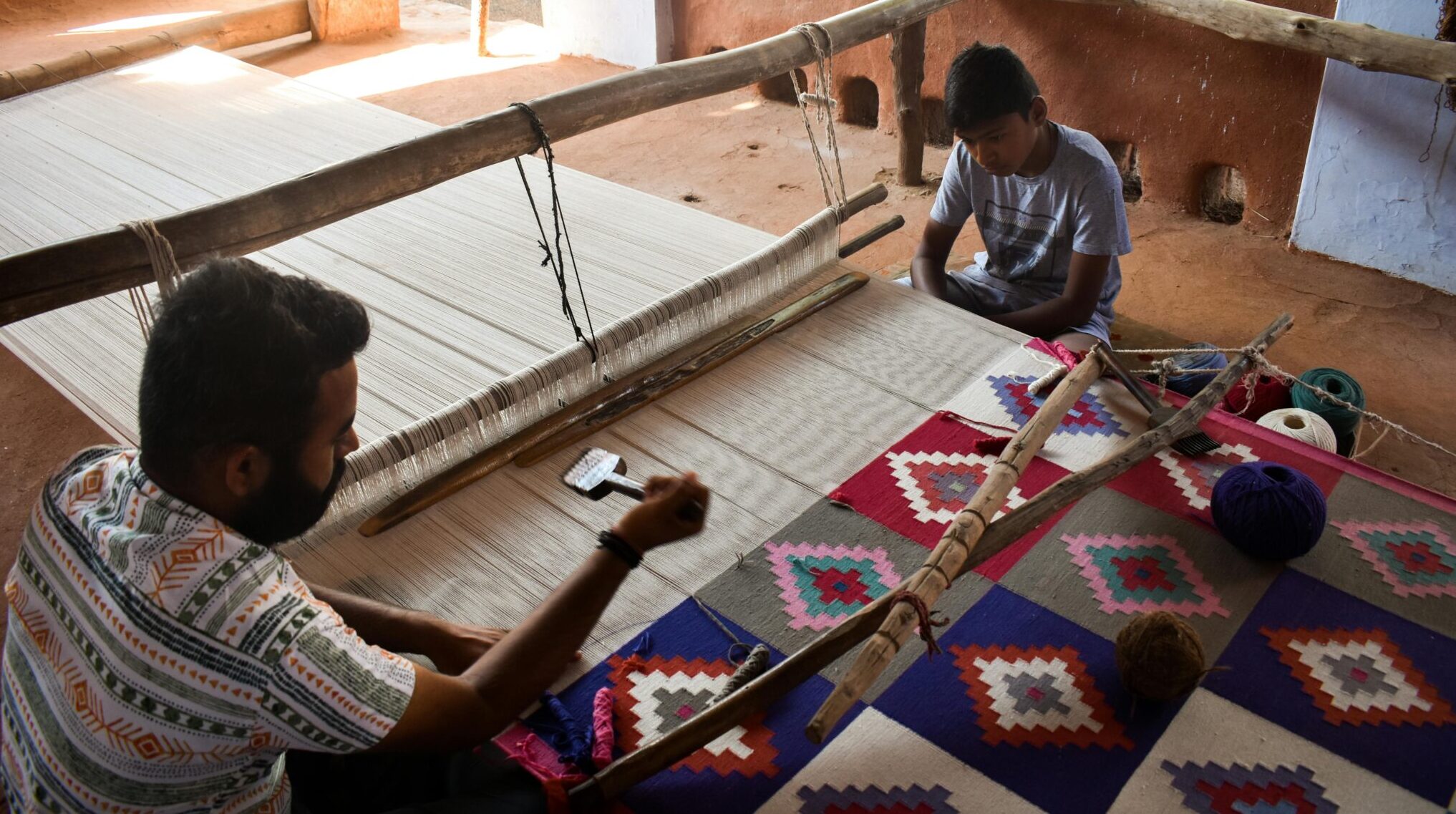
The Irony Of The Pink Ball
It was billed as London’s newest society event, the night that would put the British Museum on the global fashion calendar. On October 18, beneath the Great Court’s glass dome, the museum hosted its inaugural Pink Ball, an evening of champagne, Indian cuisine, and cultural celebration that drew nearly 900 guests from fashion, politics, and the arts. Tables cost £20,000, individual tickets £2,500, and by the end of the night the event had raised an impressive £2.5 million to support the museum’s international partnerships.
Co-chaired by museum director Nicholas Cullinan and Indian businesswoman and philanthropist Isha Ambani, the Pink Ball was timed to coincide with the end of the museum’s exhibition Ancient India: Living Traditions. The evening’s theme drew from the exhibition’s color palette, transforming the neoclassical halls into a world of soft, dusky pinks inspired by Indian light and textiles. Guests dined among the museum’s collections, including the Parthenon sculptures, while performances by Anoushka Shankar and M.I.A. filled the space with music.
The guest list reflected the institution’s ambition to blend art, philanthropy, and celebrity culture. Naomi Campbell, Sacha Baron Cohen, Rishi Sunak, and London mayor Sadiq Khan were among the names spotted on the pink carpet. The silent auction featured works and experiences donated by Tracey Emin and Mary Beard, with proceeds directed toward archaeological research and curatorial collaborations from Iraq to Mumbai. Cullinan described the night as “a celebration of creativity and cultural connection,” while Ambani said it honored “India’s rich creative legacy.”
But behind the elegant gowns and well-lit photo moments, the Pink Ball quickly became one of the most contentious cultural events of the year.
Some have criticized it for what they see as an extraordinary display of irony. A gala celebrating Indian craftsmanship was held inside a museum that amassed much of its Indian collection during the colonial era, without any significant presence of Indian craftspeople or contemporary designers. While Indian aesthetics shaped the evening’s visuals, the people who sustain that heritage were largely absent from the guest list. The museum may have framed the event as global collaboration, yet for many observers it echoed a familiar pattern: Western institutions celebrating non-Western art as image and spectacle, not as lived culture.
The timing made this irony even sharper. The ball’s co-chair, Isha Ambani, represents a family business empire rooted in oil, gas, and petrochemicals – industries that directly shape the same global inequalities often reflected in cultural heritage debates. To many, this alignment of power, wealth, and symbolism under one marble roof exposed the uncomfortable contradictions of modern philanthropy.
Protests outside the museum underscored that discomfort. Members of Climate Resistance and Energy Embargo for Palestine gathered at the gates demanding that the museum end its sponsorship deal with BP. Inside, a protester working as waitstaff interrupted chairman George Osborne’s speech, unfurling a banner that read “Drop BP” and accusing the institution of giving cover to fossil fuel companies and political violence. The incident was brief but unforgettable, turning the fundraiser into a flashpoint of political tension.
The Greek government also entered the debate. Its Ministry of Culture condemned the use of the Parthenon sculptures as dinner backdrops, calling it a “provocative indifference” to cultural heritage. The criticism came just as the museum was engaged in delicate negotiations with Greece over a potential loan deal for the marbles. In that light, the image of guests dining before the contested sculptures felt less like diplomacy and more like defiance.
Supporters of the Pink Ball argue that the outrage overlooks its achievements. The funds raised will bolster international museum partnerships, archaeological projects, and curator training programs that preserve heritage worldwide. For them, the event represents a bold reimagining of what cultural philanthropy can look like in the twenty-first century; dynamic, glamorous, and globally minded.
Yet even this defense raises questions about who defines global culture, and who benefits from it. When cultural power is concentrated among a global elite, fashion becomes a proxy for belonging. These events, wrapped in the language of unity and exchange, often reproduce the same hierarchies they claim to transcend. The craftspeople, conservators, and communities whose work sustains heritage rarely share the stage.
High fashion has long been entangled with this paradox. Its fascination with “tradition” and “artistry” often strips these words of their human meaning. A sari pattern becomes a motif on a couture gown. A sacred object becomes a dinner backdrop. The people who make these traditions live are turned into ideas rather than participants.
The Ball was, in many ways, a masterpiece of presentation. It succeeded as spectacle, as fundraising, and as a statement of the museum’s ambition to remain relevant in an age of cultural branding. But it also revealed how fragile the line is between appreciation and appropriation, celebration and performance.
In the end, the night may be remembered less for its shimmering table settings than for what it exposed. The British Museum sought to frame the Pink Ball as a global celebration of heritage. Instead, it became a mirror reflecting the contradictions at the heart of the cultural world: beauty built on inequality, and philanthropy that too often forgets its own history.
Photo by Abhyuday Majhi


